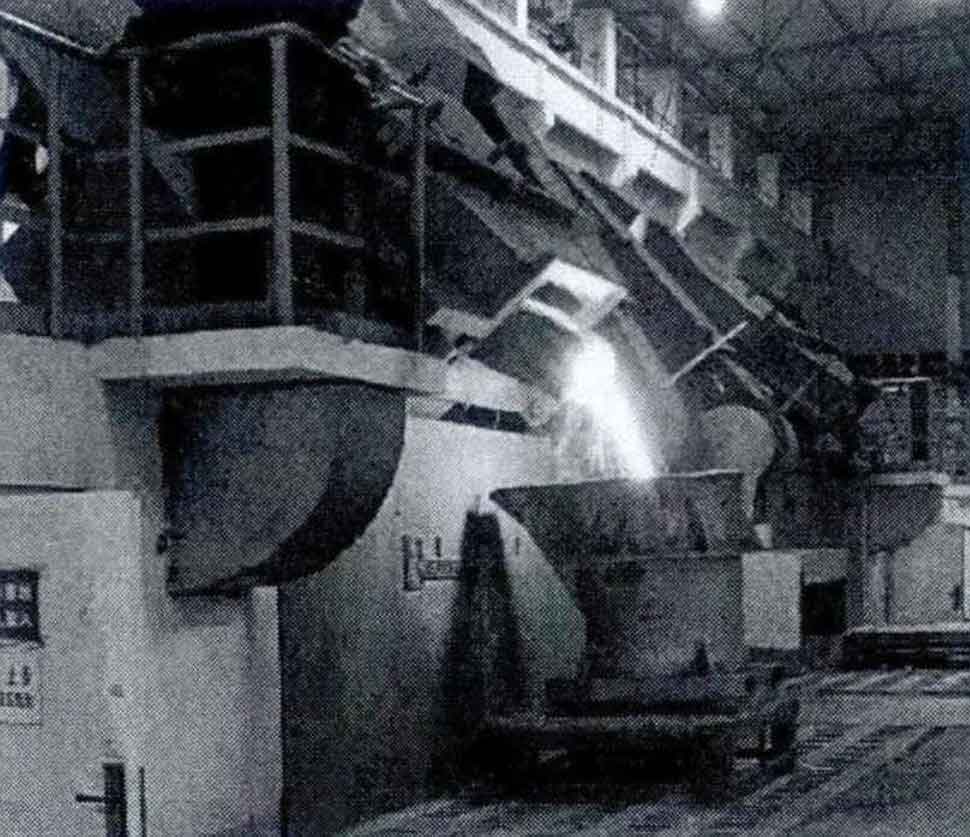Grey cast iron, characterized by its high carbon content and distinctive gray-colored fracture due to graphite flakes, has been a staple in the automotive industry for many years. Its unique combination of properties makes it a valuable material for various automotive applications. This article will explore the key role of grey cast iron in automotive manufacturing.

Engine Blocks and Cylinder Heads
Perhaps the most well-known use of grey cast iron in automobiles is in the manufacture of engine blocks and cylinder heads. Grey cast iron’s excellent castability allows it to be molded into these complex shapes with relative ease. Additionally, its high thermal conductivity is crucial for these parts, as it aids in effectively dissipating heat generated during the engine operation, thereby helping to prevent overheating.
Brake Discs and Drums
Grey cast iron’s excellent wear resistance and high heat capacity make it an ideal material for brake discs and drums. During braking, a significant amount of heat is generated due to friction. Grey cast iron’s ability to withstand this heat and dissipate it effectively, along with its resistance to wear, ensures the longevity of these components.
Transmission Components
Components such as gears, bearings, and shafts in the transmission system can also be made from grey cast iron. Its high wear resistance and excellent machinability make it well-suited to these applications.
Suspension and Steering Systems
Parts of the suspension and steering systems, such as steering knuckles and control arms, are often made from grey cast iron. These parts require a material with good strength, stiffness, and durability to withstand the loads and stresses they are subjected to, and grey cast iron fits the bill perfectly.
Damping Capacity
One of the remarkable properties of grey cast iron is its ability to absorb vibrations. This is particularly beneficial in automotive applications, where minimizing noise and vibration is a key concern. Components made of grey cast iron can help to reduce the transmission of vibrations, leading to quieter and smoother operation.
In conclusion, grey cast iron plays a key role in automotive manufacturing due to its unique set of properties. Its excellent castability, high thermal conductivity, wear resistance, and vibration damping capacity make it an ideal material for various automotive components. As the automotive industry continues to evolve and innovate, grey cast iron is likely to retain its importance as a material of choice.
